Day 87
Newhaven Fishwives
Prior to the Boundary Extension act in 1920, Newhaven (while a village in it’s own right) came under the governance of the Burgh of Leith. In today’s post we delve into the life of the Newhaven Fishwife - at one time a common sight not only in Leith, but across the city as they sold their wares.
To be born in Newhaven is to be a Bow-Tow; the Bow is an old Scots term for a buoy, Tow is an anchor. Once the drift net is cast, the fisherman would drop his tow, a hookless fishing line with a large stone at its end. This would keep the boat in place for the fisherman to do his work. The relationship of the Bow and the Tow was critical to the success of the exercise. It is not surprising that these terms came to be used to describe the marriage relationships of Newhaven residents. The man was the Bow and the wife was the Tow — the Newhaven fishwife.
Traditionally, Newhaven was predominantly a matriarchal society. While the men in the village would be at sea, the women of the village not only kept the house and looked after the children as was the societal norm, they harvested the mussels to bait the lines, prepared the fish that their husbands landed and went their traditional route selling door to door or from their accustomed place — frequently walking to and from their pitch or patch carrying a creel of fish weighing up to 8 stone (50 kilos) on their backs and supported by a leather headband on the forehead. Noted for their sharp tongue — never profane — quick wit and handsome features, the Newhaven Fishwife was a ken-speckled figure in and around Edinburgh.
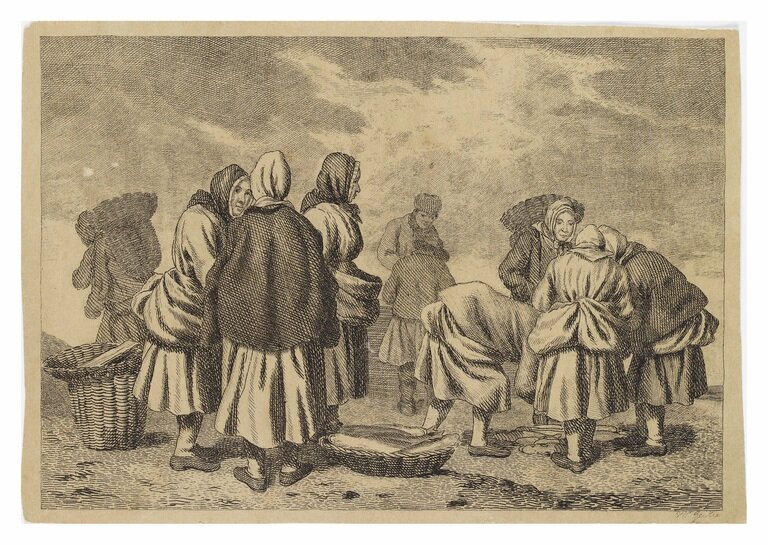

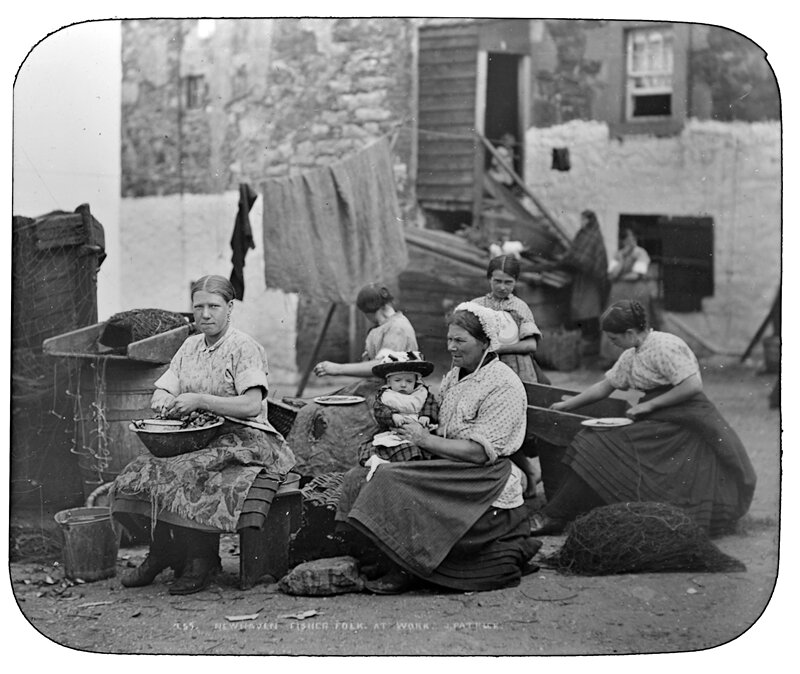
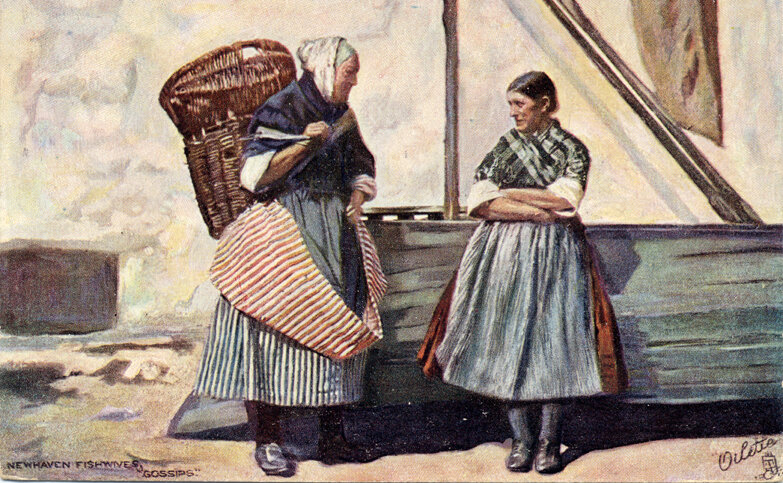
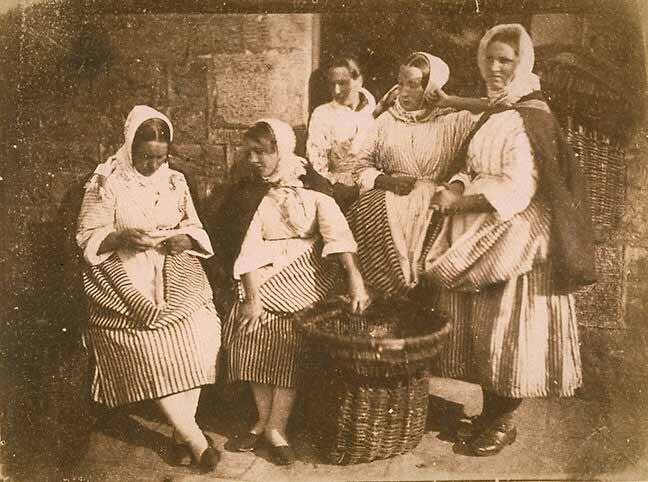
Since all this hard work was undertaken by the woman, it was she who looked after the money side of the relationship, too. To quote Mrs Mucklebackit in ‘The Antiquary’ by Sir Walter Scott, “Them that sell the goods guide the purse—them that guide the purse rule the house”. Not only ruled the house but owned it, too, it would seem since many of the family homes in Newhaven were in the woman’s name, understandable when you consider the perilous occupation of her husband.
Because of the hard work expected by the women in the village, a dim view was taken should a Newhaven man marry outwith the community!
The Newhaven fishwife was instantly recognisable dressed in her unique way — a stout navy blue bodice and skirt which was kilted up showing a striped blue and white petticoat, black stockings and buckled shoes. A shawl was worn across the bodice, the sleeves rolled up to the elbow and a dark blue cloak to save the costume from the dripping creel. That was her working outfit.
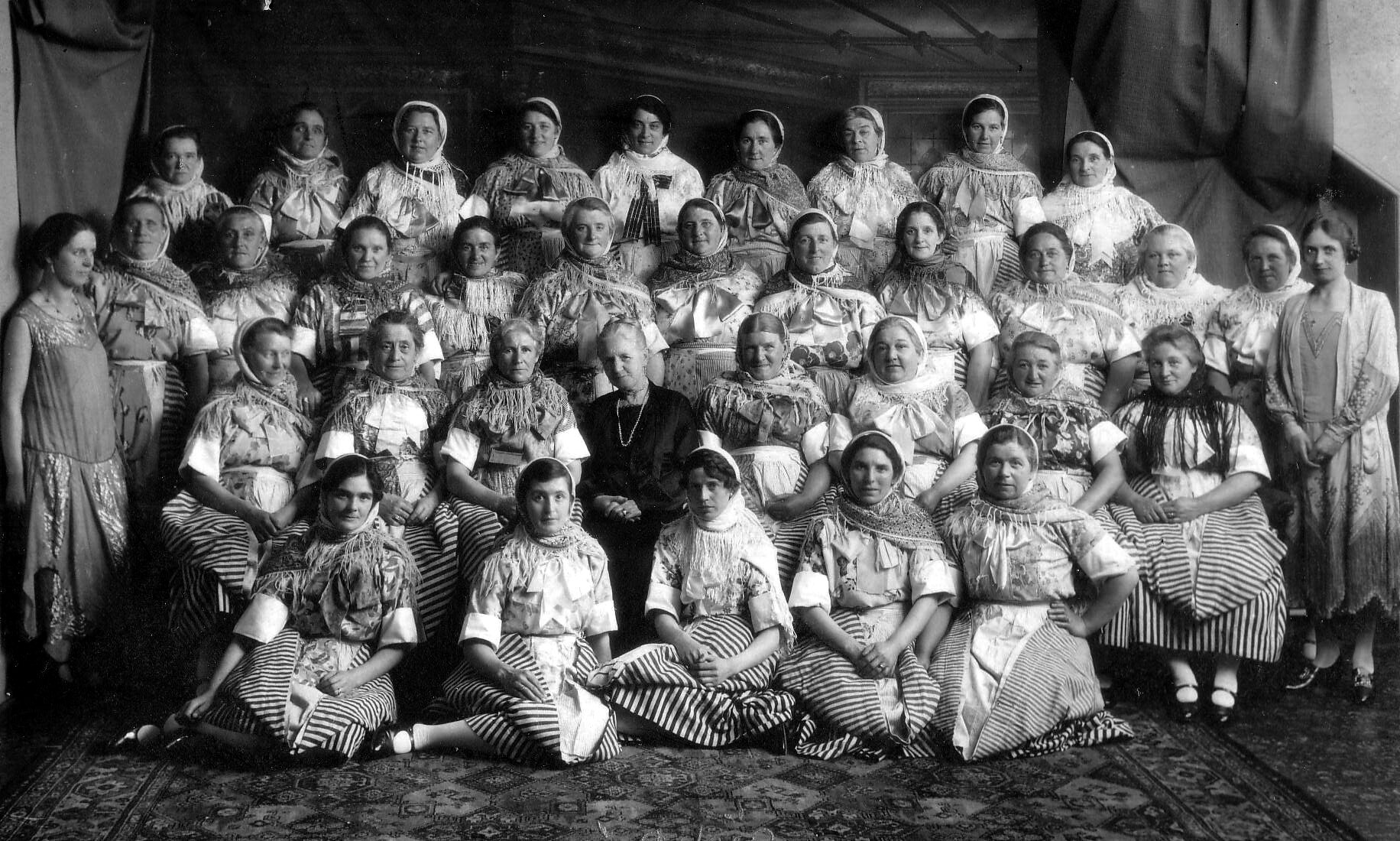

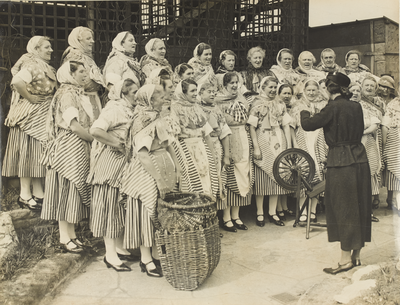
On Sundays and special days, she would don her “braws” with shawl of silk, petticoats brightly coloured, striped yellow or red and white stockings. This was the outfit worn when Hill and Adamson captured the Newhaven fisherfolk at the dawn of photography bringing this new technology to the subsequent attention of Queen Victoria, and fame. This was the outfit of choice worn by the internationally famous Newhaven Fishwives Choir.
Many thanks to Newhaven Heritage for providing this fascinating insight into the lives of the Bow Tows of Newhaven.
Newhaven Heritage grew out of the Newhaven Action Group. They have been working to find a suitable location for a heritage and cultural centre for the community. Find out more, and how you can support it at the link below.

